Introduction to Chongqing
Chongqing, often described as the “Mountain City,” is a sprawling metropolis in southwestern China and is truly one of the most unique urban centers in the country. Renowned for its geographical wonders, delectable spicy hotpot, and vibrant city life, Chongqing offers an unusual blend of modern urbanity and rich traditions. Exploring this city feels like uncovering secret layers, with surprises waiting around every hilly street corner.
Overview of Chongqing
Chongqing boasts a population of over 30 million people, making it one of the most populous cities in China. It is uniquely located at the confluence of the Yangtze and Jialing rivers and features a humid subtropical climate that contributes to its lush, mist-covered landscapes. This sprawling city is divided by these rivers and girded by mountains, offering stunning vistas that are dramatically different from most other Chinese metropolises. Its challenging topology has led to an interesting cityscape with buildings and roads creatively adapted to the terrain.
Brief history and significance
Historically, Chongqing has a storied past that dates back at least 3,000 years. It became notably prominent during World War II when it served as China’s provisional capital. This city was a major logistical and administrative center, symbolizing resilience and tenacity. Today, it not only stands as an economic and technological hub but also as a significant cultural and educational center. Its historical importance and unique geographical attributes combine to make Chongqing a fascinating destination for any traveler.
Unique Geography and Architecture of Chongqing
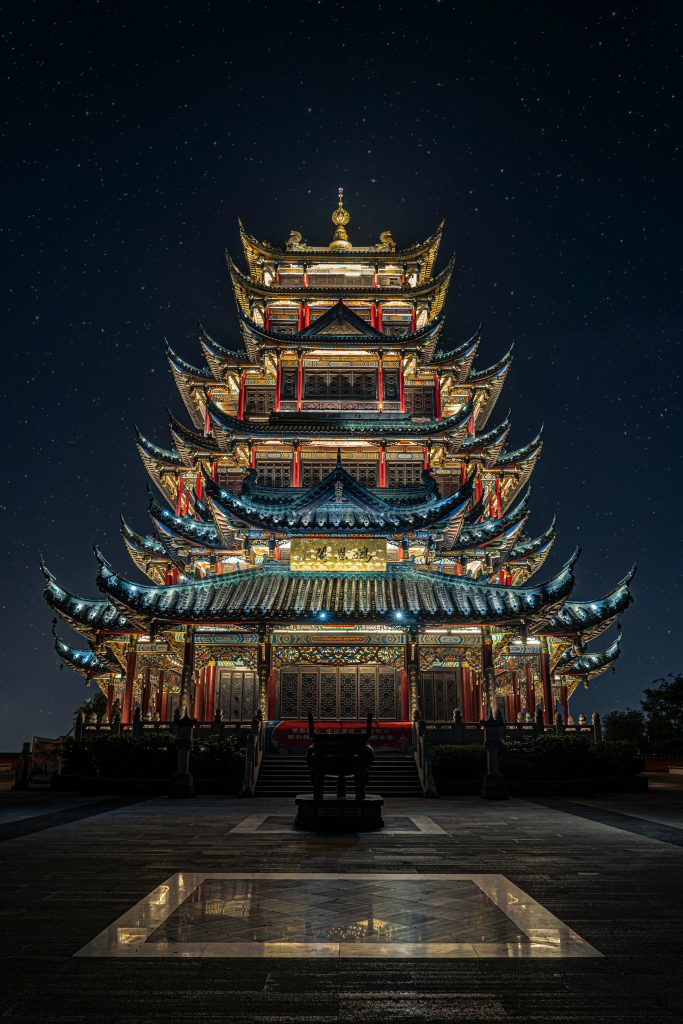
Mountainous terrain and its impact on the city
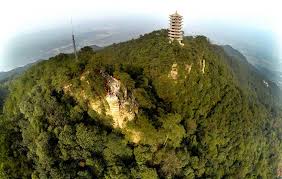
Chongqing, often referred to as the “Mountain City,” is renowned for its dramatic terrain that seamlessly integrates rolling hills and steep mountains into the urban fabric. The city’s roads and buildings defy ordinary construction logic, as they twist and turn around the natural landscapes. Residential buildings, for instance, may enter at one floor and exit at another – six stories up! This unique geographical feature not only shapes the daily lives of residents but also showcases a distinct planning model that respects the original topography, providing breathtaking views and a unique aesthetic that blends urban living with nature.
Skyline and futuristic architecture
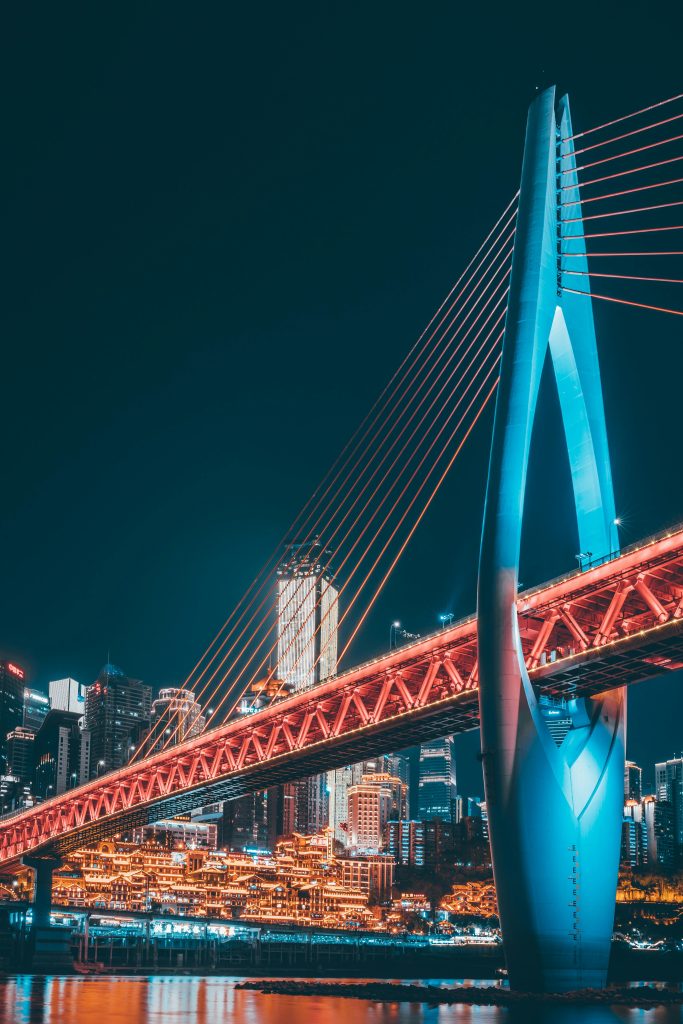
The skyline of Chongqing is a striking mix of old-world charm and new-age grandeur, showcasing an array of futuristic buildings that seem to ascend from the clouds. Among these, the Chongqing Grand Theatre and the Chaotianmen Bridge are stark exemplars of modern design. The city’s commitment to futuristic architecture is palpable in its business districts like Jiefangbei and Jiangbeizui, where gleaming towers of glass and steel reflect the ambitious spirit of this booming megacity. These buildings are not only a testament to Chongqing’s rapid economic growth but also contribute to its reputation as a city of architectural marvels.
Culinary Delights of Chongqing
Famous hotpot culture
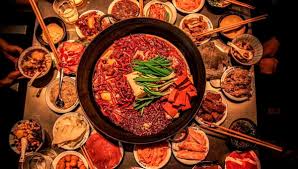
No visit to Chongqing is complete without indulging in its famous hotpot, hugely popular throughout China but with a distinct local twist here. This fiery and flavorful dining experience involves simmering a pot of spicy broth at the table and cooking various ingredients like meat slices, vegetables, and tofu. The hotpot from Chongqing is known for its numbing spiciness, derived from the liberal use of Sichuan peppercorns and chili oil. It’s not just a meal; it’s a social event where people gather around the bubbling pot, cooking, chatting, and sharing.
Local street food specialties
Chongqing’s street food scene is as vibrant as its cityscape, offering a plethora of flavors that cater to adventurous palates. Key highlights include:
– Chuan Chuan Xiang: Skewers of meat, vegetables, or tofu marinated in spicy sauces, then dipped in hotpot broth.
– Xiao Mian: Literally meaning “small noodles,” these are served with a range of toppings and a savory, spicy sauce that’s utterly addictive.
– Bing Fen: A refreshing jelly dessert, perfect after a spicy meal, known for its cool, palate-cleansing properties.
Each of these dishes represents the blend of bold flavors and creative cooking techniques that define Chongqing’s culinary landscape.
Quirky Culture and Traditions in Chongqing
Unique festivals and events

Chongqing, often referred to as the ‘foggy city’, is not only famous for its steep hills and spicy food but also its colorful and unique festivals that are a deep-rooted aspect of its local culture. One of the standout celebrations is the Chongqing Hot Pot Festival, which takes place in late fall when the weather starts to cool. During this festival, locals and visitors alike can enjoy various hot pot dishes, each offering a different level of spice and a unique combination of flavors. Another cultural highlight is the Huangge Ancient Town Fire Dragon Dance occurring every January. This dramatic dance is performed to celebrate the Lantern Festival, with performers manipulating large, fiery dragons made of straw and cloth, creating a spectacle that lights up the night.
Folklore and superstitions
Chongqing is a city steeped in tales and legends that have been passed down through generations. One popular superstition is the belief in the protective power of the ‘Hanging Rooster’. Many local businesses hang a ceramic or metal rooster at their entrances to ward off bad spirits and bring good fortune. Folklore also plays a crucial role in daily life here. For instance, the tale of the “Ghost King” who is said to watch over the city and protect it from evil spirits is a story every local child grows up knowing. These myths not only entertain but also foster a sense of community and cultural continuity among residents.
Must-See Attractions in Chongqing
Iconic landmarks and attractions
When visiting Chongqing, there are several must-see landmarks that encapsulate the city’s vibrant history and stunning architecture. The Great Hall of the People, inspired by traditional Chinese architectural styles, stands regal in the Yuzhong District. Another significant site is the Hongya Cave, an 11-story complex carved into the side of a cliff, offering a bustling mix of shops, dining, and picturesque views of the Jialing River. Not to forget, the Ciqikou Ancient Town provides a step back in time with its preserved Qing Dynasty buildings and teahouses, perfect for experiencing Chongqing’s historic charm.
Hidden gems off the beaten path
For those who seek a less crowded experience, Chongqing offers several hidden gems. The Wulong Karst Geological Park, a UNESCO World Heritage site, is breathtaking with its natural limestone bridges and stunning gorges. It’s less frequented by tourists but offers an unforgettable encounter with nature. Another off-the-beaten-path attraction is the Fishing Town or Diaoyu Fortress, which boasts a rich history of resilience during the Mongol invasions. For a serene, reflective experience, visit the Baoding Mountain, home to the Dazu Rock Carvings, where intricate Buddhist sculptures are peacefully nestled in the mountainside, revealing the spiritual depth of ancient craftsmen.
Vibrant Markets and Lively Streets of Chongqing
Exploring local markets
Chongqing’s local markets are a bustling hub of activity and an essential part of the city’s charm. Visitors can explore places like the Ciqikou Ancient Town, where the streets are lined with numerous stalls offering everything from spicy Chongqing noodles to artisan crafts. The fragrance of freshly cooked street food fills the air, mingling with the sounds of local merchants shouting out their daily specials. For those keen on souvenirs, the Hongya Cave offers a range of local handicrafts, traditional Chinese snacks, and quirky boutiques set in a stunning architectural environment reminiscent of ancient Chinese buildings perched precariously on stilts.
Street performances and entertainment
The streets of Chongqing are not only a paradise for food lovers and bargain hunters but also a stage for numerous street performers. From traditional Chinese opera to modern dance shows, the city has a vibrant street entertainment scene. Visitors can enjoy performances at Jiefangbei Pedestrian Street where artists display their talents amidst the neon-lit backdrop. These performances often include folk music, puppet shows, and acrobatic acts that captivate both locals and tourists alike, adding a lively atmosphere to the already bustling streets.
Chongqing’s Modern Transformation
Urban development and infrastructure
Chongqing has undergone a significant transformation in recent years, marking its transition into a modern metropolis. The city is renowned for its extensive monorail system, which provides an eco-friendly method of navigating the mountainous terrain. Apart from the efficient public transport network, Chongqing has also invested in massive urban renewal projects that have revitalized old districts and waterfront areas. This development has not only enhanced the living standards but also preserved the unique cultural heritage, blending old with new seamlessly.
Technological advancements in the2 city
In the pursuit of becoming a smart city, Chongqing has embraced various technological advancements. The city is at the forefront of the big data industry, hosting one of China’s major cloud computing and data center hubs. Innovations such as facial recognition technology for public security and smart traffic systems to manage the flow of vehicles are commonplace. Moreover, Chongqing is making strides in sustainable technologies, including the development of green buildings and energy-efficient public utilities, setting a standard for urban environmental management. This blend of traditional charm and modern innovation makes Chongqing a fascinating city that keeps pace with the future while honoring its past.
Chonggeneralyqing’s Nightlife Scene
Chongqing, a city known not only for its spicy food and steep streets but also for its buzzing nightlife that energizes the city from dusk till dawn. With an array of options ranging from rustic taverns to high-end clubs, the city offers a vivacious night scene for every taste and budget.
Popular nightlife spots
Chongqing’s Jiefangbei CBD is the heart of the city’s nightlife, bustling with bars, pubs, and nightclubs. Locals and tourists alike flock to the area to delight in its dynamic atmosphere. The Hongya Cave, on the other hand, offers a more traditional backdrop with bars and restaurants housed in stilted buildings overlooking the Jialing River, providing a stunning view during the night hours. Another must-visit is the Nan Bin Road, a waterfront area where nightlife blends with serene views of the Yangtze River, perfect for a relaxed evening.
Unique nighttime experiences in the city
For those seeking an extraordinary night experience, hopping on a Yangtze River night cruise can be magical. The glittering lights of the cityscape reflect upon the water creating a mesmerizing effect. Additionally, the city’s hot pot restaurants transform into vibrant social hubs at night. Sharing a steaming pot of Chongqing’s famous spicy broth with friends and locals is not just about food; it’s a cultural dive into the heart of this fiery city.
Embracing the Spirit of Chongqing
To truly connect with this unique city, it is essential to embrace its local customs and vibrant culture. Here are some tips and suggestions aimed at helping travelers get the most out of their visit.
Tips for travelers visiting Chongqing
First and foremost, pack your most comfortable shoes, as the city’s terrain is famously hilly. Utilize the city’s extensive monorail system to navigate between attractions efficiently. It’s not only practical but offers some spectacular views of the cityscape. Engaging with locals is also fundamental; people in Chongqing are known for their warmth and hospitality, and they enrich the travel experience with genuine interactions.
Recommendations for immersobreathing in the city’s culture
To truly immerse yourself, visit the Chongqing China Three Gorges Museum not only to admire its architecture but also to soak in the rich history and art of the region. Enjoy the local Sichuan opera for a taste of traditional entertainment, featuring unique face-changing performances. Lastly, no visit to Chongqing is complete without trying the street food. From spicy skewers to sweet dough twists, the flavors are as diverse and vibrant as the city itself. Exploring these local delights provides a colorful lens into the daily life and culture of Chongqing.
By following these insights, any traveler can go beyond being a mere visitor and actually experience life as a local, making their trip to this unique city genuinely unforgettable.
Conclusion
Recap of Chongqing’s uniqueness
Chongqing stands out as one of China’s most fascinating cities, rich with a blend of natural beauty, historical depth, and buzzing urban energy. From its dramatic mountainous backdrop to the sprawling skyline illuminated by countless lights, Chongqing is a city of contrast and cultural fusion. Its culinary delights, especially the famous hotpot, complement its distinct atmosphere contributed by old-world charm intermingled with modern vitality. The winding Yangtze River adds a serene touch to the bustling city life, making Chongqing a unique place worth exploring.
Invitation to experience the charm of Chongqing
If you’re someone who loves exploring unusual and vibrant cities, Chongqing should definitely be on your travel list. Whether it’s to enjoy a spicy hotpot beside the river, wander through traditional teahouses, or seek out the hidden stories within ancient alleys and skyscrapers, Chongqing welcomes you with open arms. Plan your journey to this outstanding city and immerse yourself in its unparalleled charm—you surely won’t regret it!

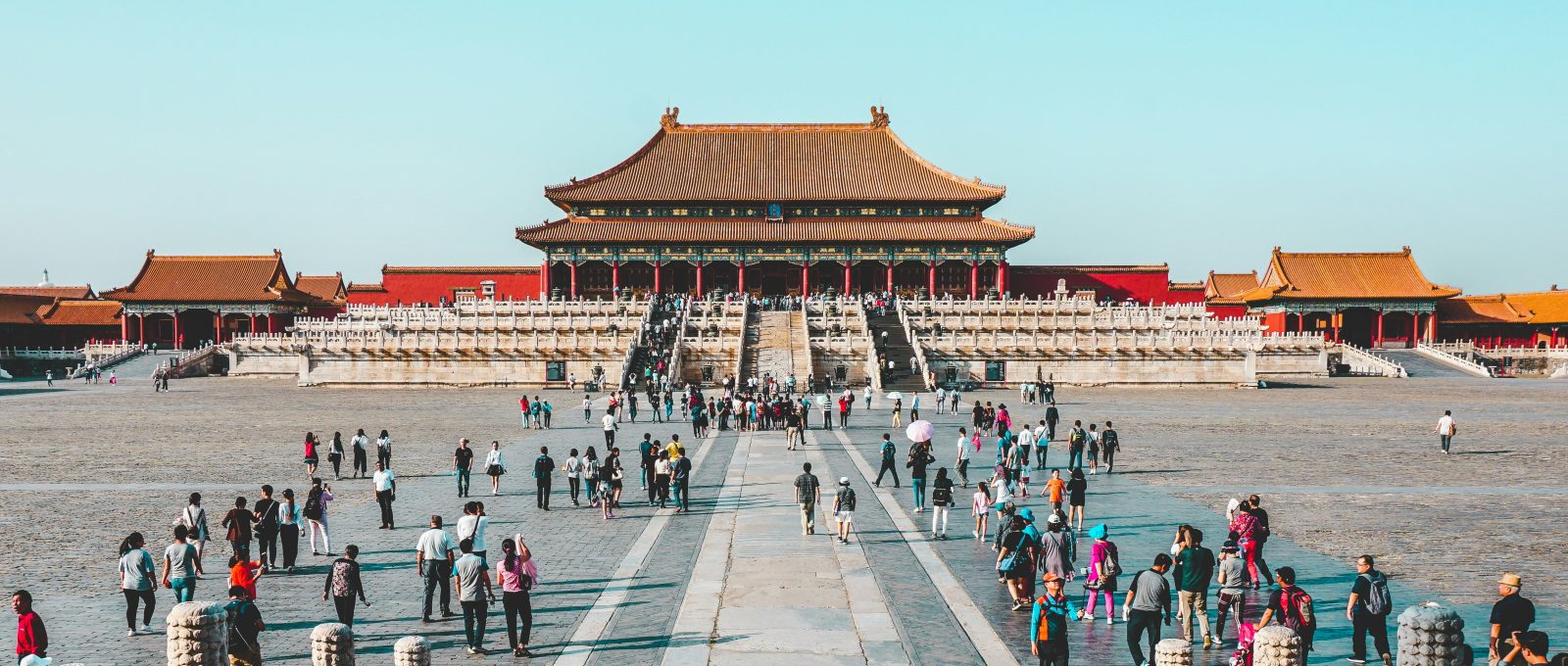
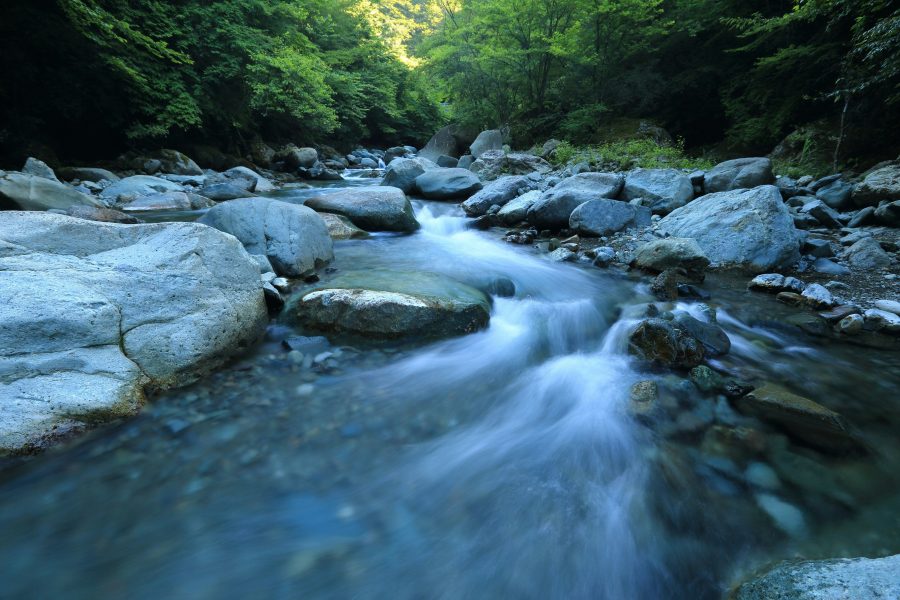

Leave a Comment